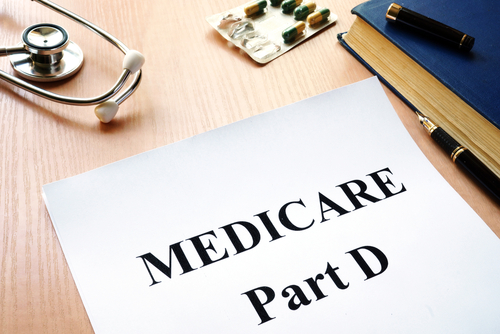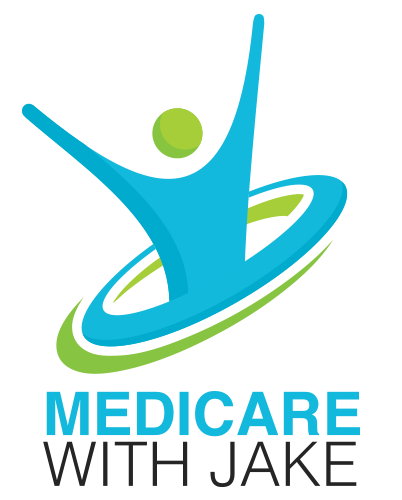Medicare Part D is your Medicare prescription drug coverage plan. Each Part D plan has a formulary, which is a list of drugs that your plan will cover.
Medicare Part D is required to cover certain medications, such as medications used to treat cancer or medications that treat HIV/AIDs. These are referred to as “protected classes.” This means that all Medicare Part D plans must offer a full range of drugs on their formularies for these specified protected classes. Medicare Part D currently has six protected classes:
- Anticonvulsants
- Antidepressants
- Antineoplastics
- Antipsychotics
- Antiretrovirals
- Immunosuppressants
While Medicare Part D plans are required to offer a full range of medication coverage for these six categories, they are only required to offer coverage for two drugs in every other category on their formulary. The formulary is then broken down into different tiers, which helps determine the out-of-pocket cost of your medication.
Medicare Part D Tiers
Most Medicare Part D plans help lower prescription medication costs by dividing their formularies into “tiers.” Each Medicare Part D plan’s tiers can vary. They do not all have to be the same in their formulary. Typically, the lower the tier is, the cheaper your medication will be. Your Medicare Part D plan will usually be broken down into four tiers:
- Preferred generic
- Preferred brand name
- Brand name, not preferred
- Specialty drugs
Some plans do include more tiers, but this is the most common layout for your drug formulary. Tier one drugs usually have the lowest copayment. Your copayment will increase as you increase tiers.
You do have the option of applying for an “exception” in Medicare Part D. An exception is a type of Medicare prescription drug coverage determination. An exception is a drug plan’s decision to charge a lower amount for a drug that’s on its non-preferred drug tier. You or your doctor must request an exception, and your doctor must provide a statement that supports the medical reasoning behind the requested exception.
Medicare Part D Costs
The costs of a prescription can vary from plan to plan. There is no definite amount that a Plan D provider must follow on their formulary concerning costs. The following criteria determine your prescription cost:
- If it is covered on your plan’s formulary
- What tier it is in
- Which drug benefit phase you are in
- What pharmacy you use
- Whether you are receiving Extra Help or not
Monthly drug premiums differ according to which plan you enroll in. You will have to pay a Medicare Part D premium and the required Medicare Part B premium. If you are enrolled in a Medicare Advantage plan that includes a Medicare Part D plan, then that premium amount may already be included in the Medicare Advantage premium amount.
Deductibles also vary from plan to plan. There are restrictions on prescription drug costs that are set in place, though. As of 2021, a Medicare Part D deductible cannot exceed $445. Some plans do not have a deductible at all.
You may also be required to pay coinsurance, depending on what plan you enrolled in. This amount can change throughout the year due to changes in the total cost of the drug itself. Coinsurance is also determined by what tier your drug is in.
Give Us a Call Today!
Based on all of these factors, it’s easy to recognize that not all Part D plans are the same, so it’s important to research which coverage is best for you before enrolling in a Medicare Part D plan. By reaching out to Medicare With Jake, we’ll be able to do this research for you and ensure you find a Part D plan that works best for your needs!


